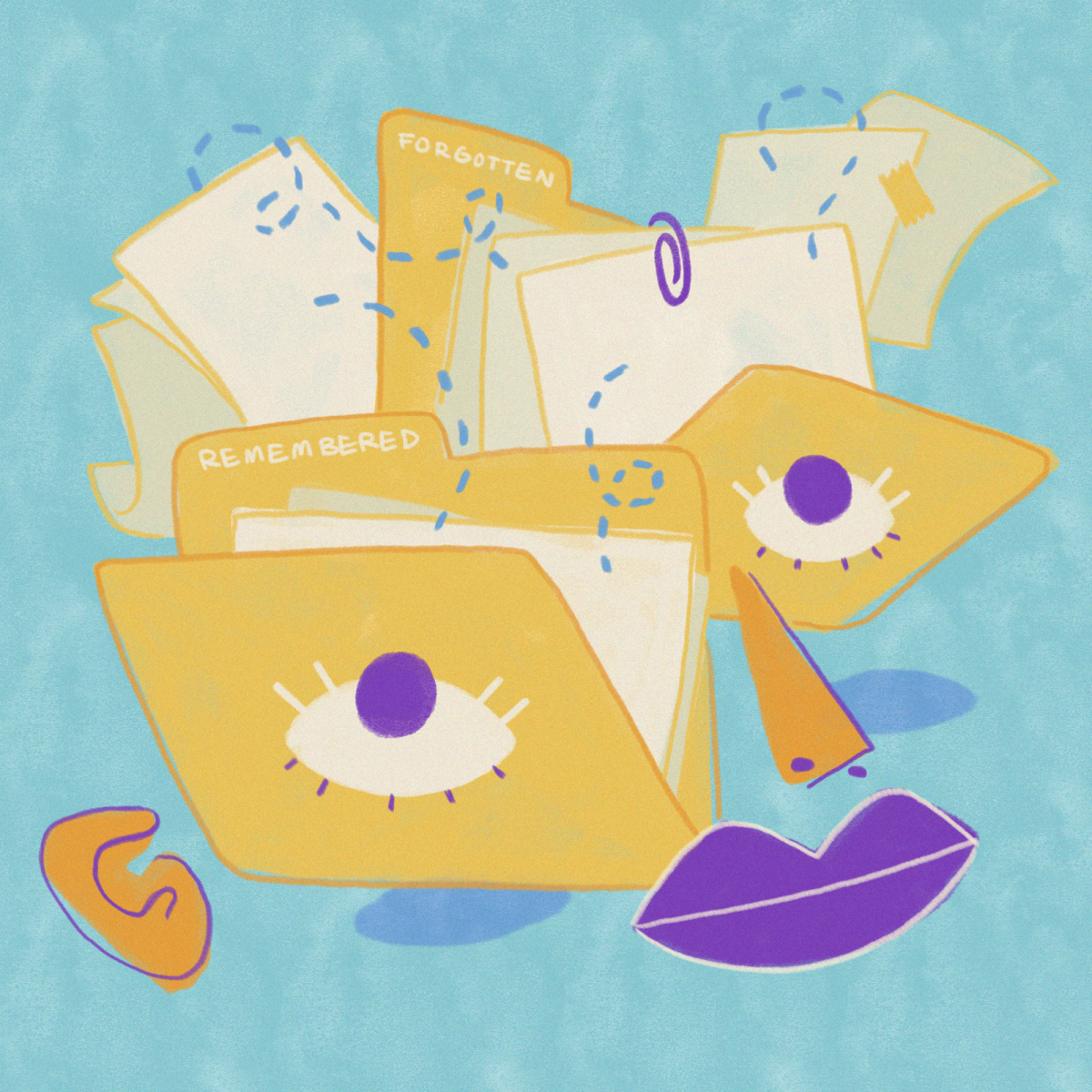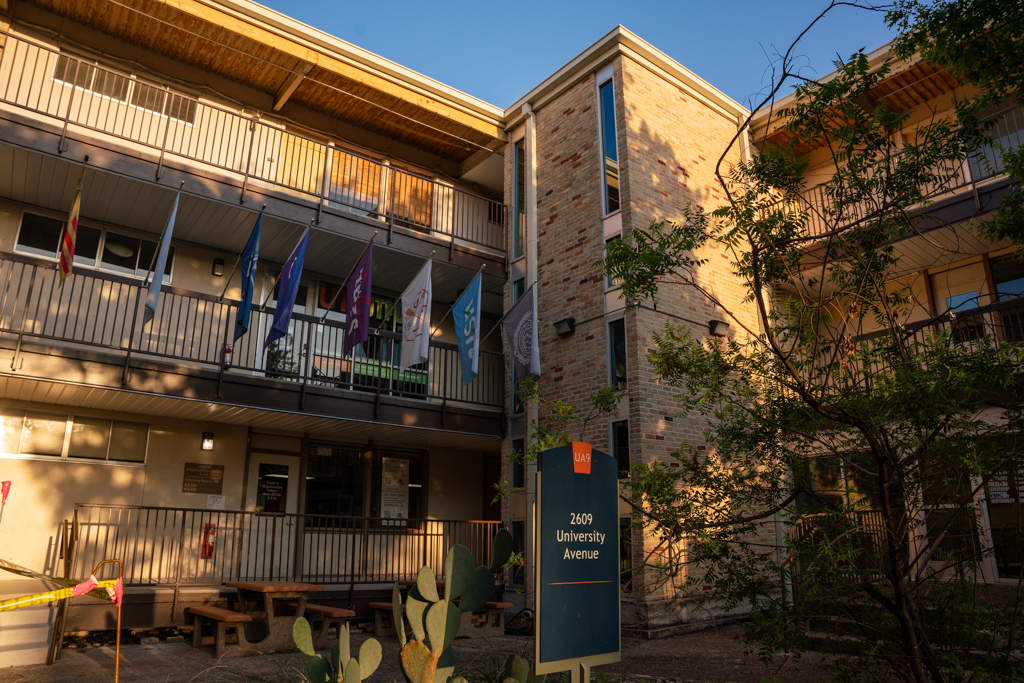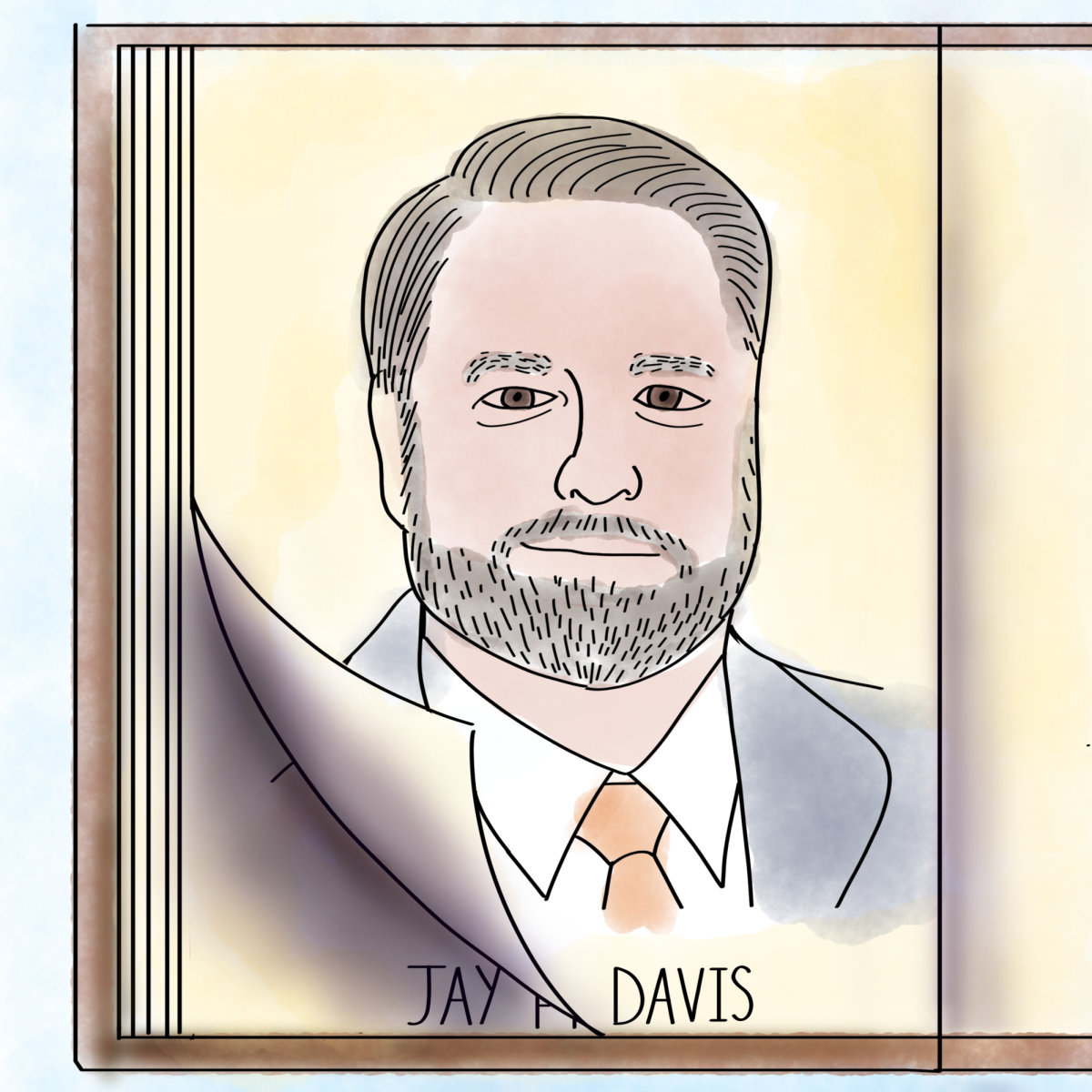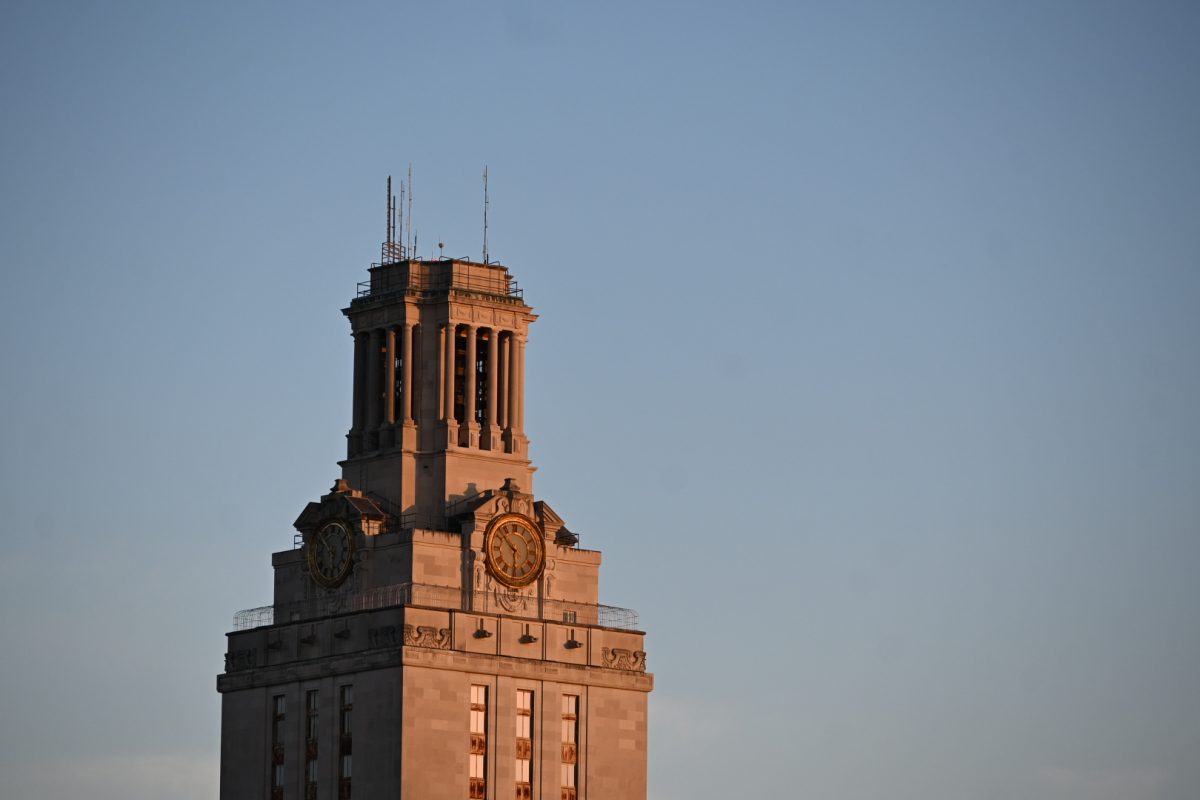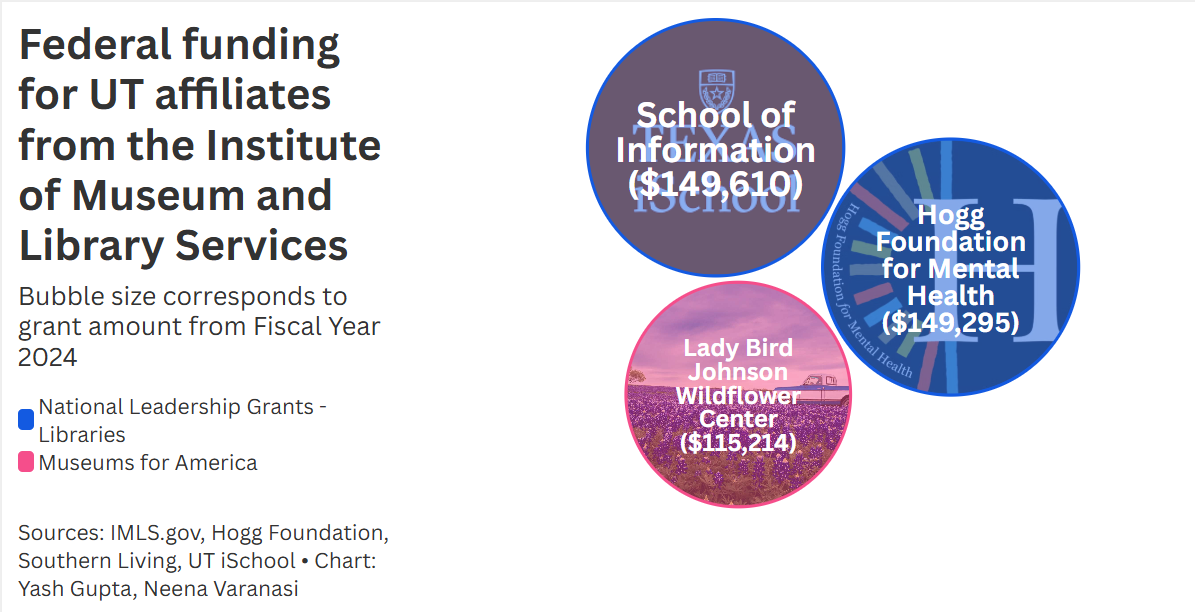[Updated at 10:08 p.m. on October 28: name correction]
After her first trip to Chiapas, Mexico, entrepreneur Susan Jaime decided she didn’t want to just start a coffee shop. She wanted to transform the whole coffee industry, an admittedly big feat considering the fact that coffee is the second-most traded commodity in the world, Jaime said.
Jaime said what she saw during that first trip “put a lot on [her] heart.” She met a coffee grower forced to feed her hungry children newspaper soup and a man begging her to buy his coffee beans so that he didn’t have to leave his family to get a job in the U.S.
“It’s amazing how you see once you start to look into coffee [trade] that you will experience the same thing that we did when we first traveled over there,” Jaime, owner of Ferra Coffee, said.
For an industry that raked in nearly $15.4 billion worldwide last year, Jaime said growers are getting shortchanged. For a pound of coffee worth $1.39 on the New York Stock Exchange, growers are likely to get 5 to 9 cents, with middlemen pocketing the difference, she said.
“Usually, [growers] get about a 70 percent lower price than they would get from a direct relationship through the roaster,” Jaime said. “So basically, they did not earn enough money even [to make a profit].”
Jaime said the problem is that a majority of the growers don’t understand the international markets, production costs or what their coffee is actually worth.
“Middlemen work like loan sharks,” Jaime said. “Growers will ask [the middleman] for a loan so they can get money for the next harvest, and then he’ll say, ‘Sure not a problem, and we’ll just take that loan out of your next harvest.’ So it is a cycle that they go through, and they never get enough money for their subsistence or their survival or even to run their business correctly.”
Jaime said after realizing this problem, she had to put herself in a situation to help these growers. She now travels to countries such as Guatemala, Colombia and Mexico teaching growers how to make a profit without going through a middleman.
“The first thing we tell [growers] is you need to understand your business,” Jaime said. “And for you to be able to do that as a grower, you need to be able to understand your product.”
Marketing lecturer Elizabeth Danon-Leva said that coffee businesses such as Starbucks are beginning to help growers.
“[They’re] saying we can still make money and we can still increase our sales and improve [growers’] life and have a sustainable product that is here tomorrow,” Danon-Leva said.
Jaime says that consumers can join the cause by buying “relationship coffee,” a certification meaning that the grower has a direct relationship with the roaster.
“If you as a consumer take such a powerful commodity such as coffee, buy that coffee at an adequate price but also understand what is behind that cup and who is behind that cup. Then you would see a lot of change,” Jaime said.
Elben Shira, senior computer science major and self-proclaimed coffee addict, said he doesn’t usually think about where his coffee comes from but thinks Jaime’s work is “cool.”
“If I want to buy coffee that is better, I need to believe that it is,” Shira said. “If I can trace where the bean came from, I would be more motivated to buy those beans than just a bag with a Fair Trade logo on it.”
Printed on Tuesday, October 25th, 2011 as: Entrepreneur aims to brew coffee with shot of ethics

